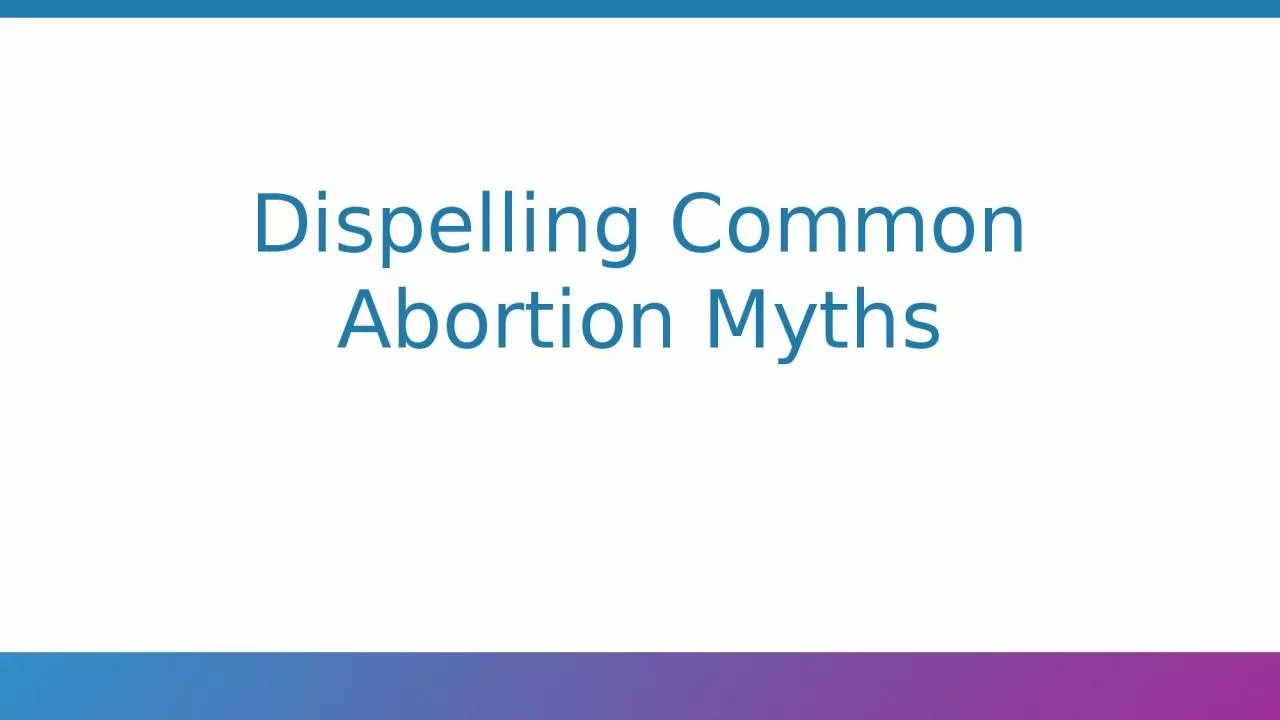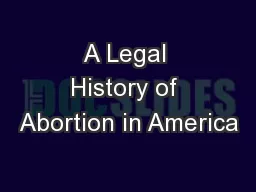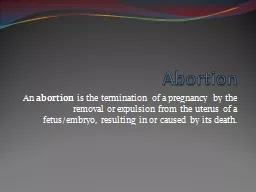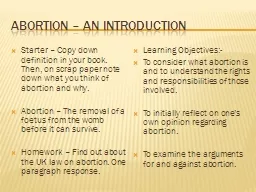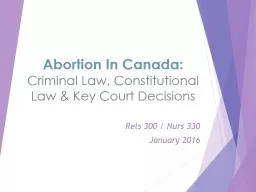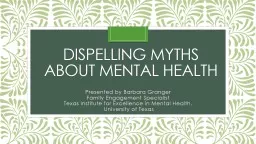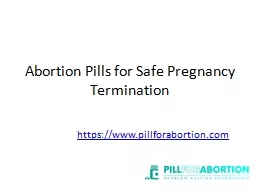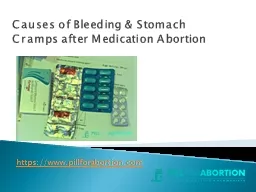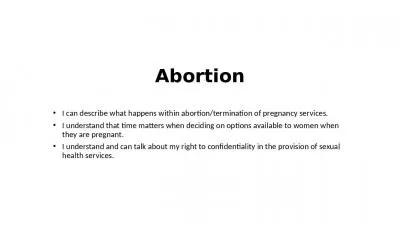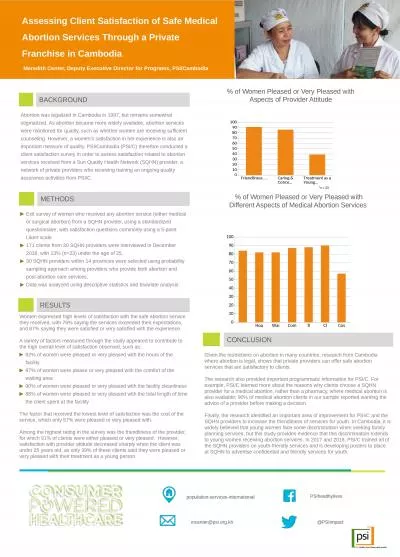PPT-Dispelling Common Abortion Myths
Author : alyssa | Published Date : 2023-05-23
Women Who Have Abortion In 2014 there were 5 million pregnancies in Ethiopia 38 were unwanted 13 ended up in abortion The fact is that the women who have abortions
Presentation Embed Code
Download Presentation
Download Presentation The PPT/PDF document "Dispelling Common Abortion Myths" is the property of its rightful owner. Permission is granted to download and print the materials on this website for personal, non-commercial use only, and to display it on your personal computer provided you do not modify the materials and that you retain all copyright notices contained in the materials. By downloading content from our website, you accept the terms of this agreement.
Dispelling Common Abortion Myths: Transcript
Download Rules Of Document
"Dispelling Common Abortion Myths"The content belongs to its owner. You may download and print it for personal use, without modification, and keep all copyright notices. By downloading, you agree to these terms.
Related Documents

